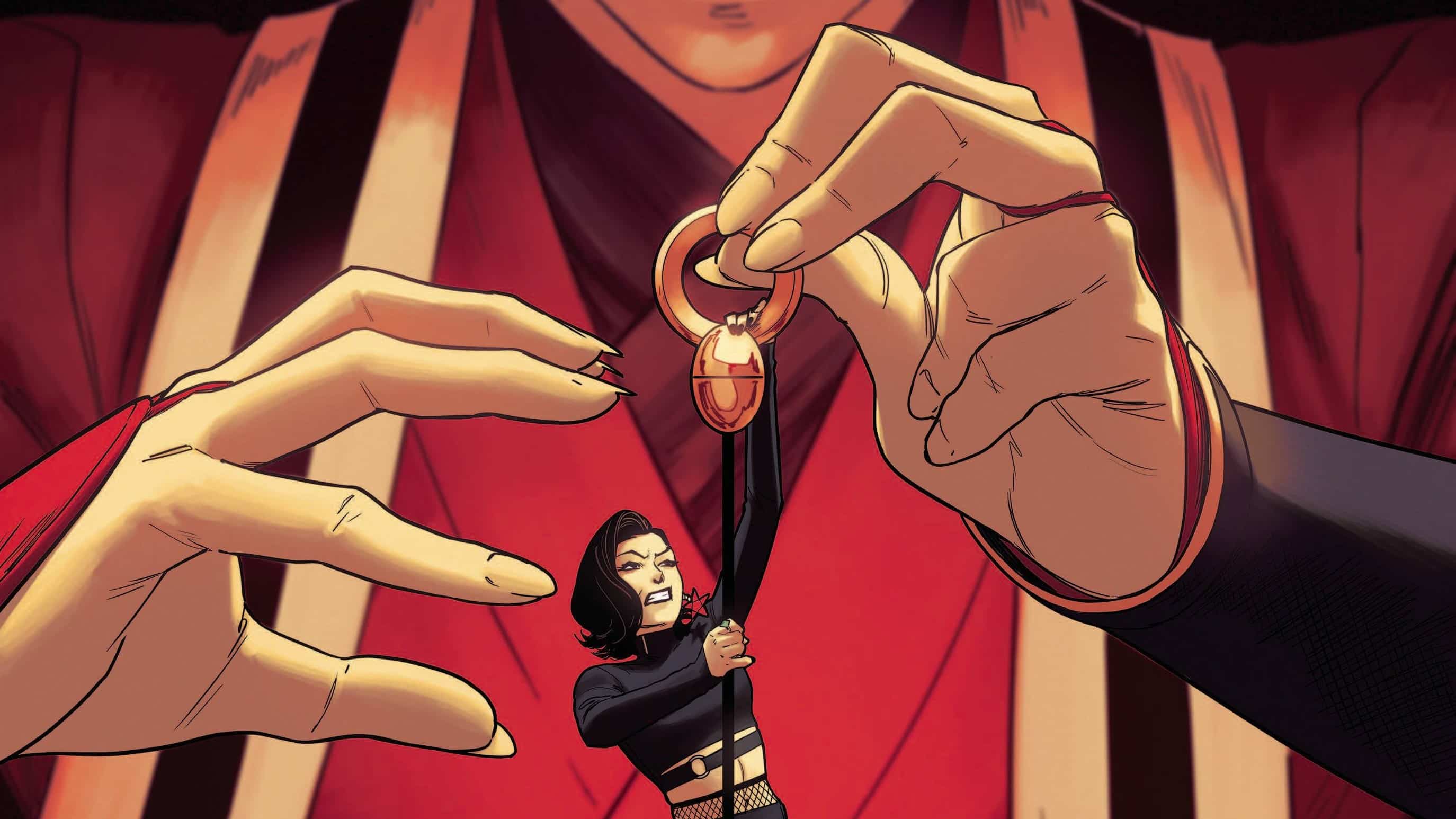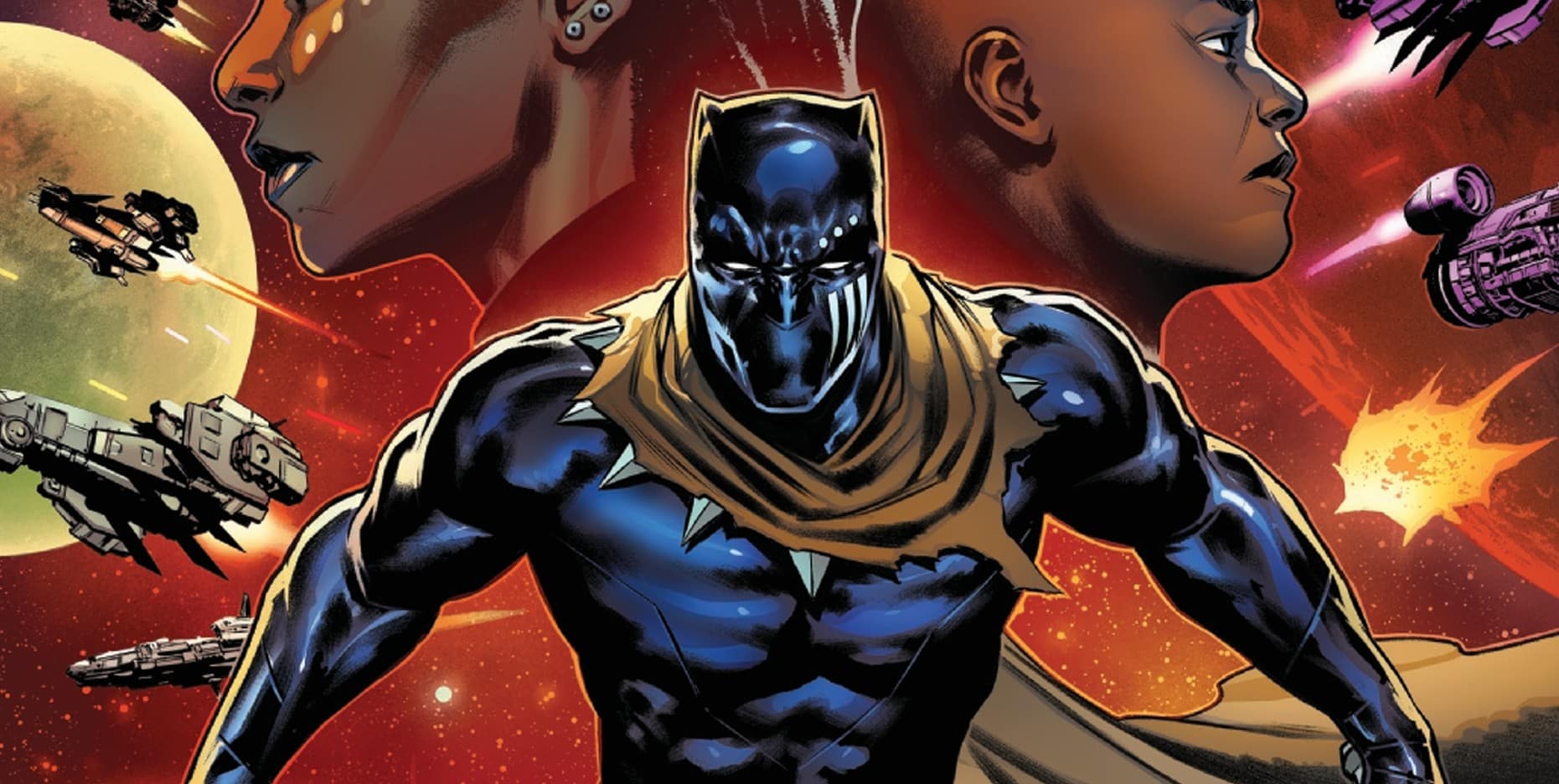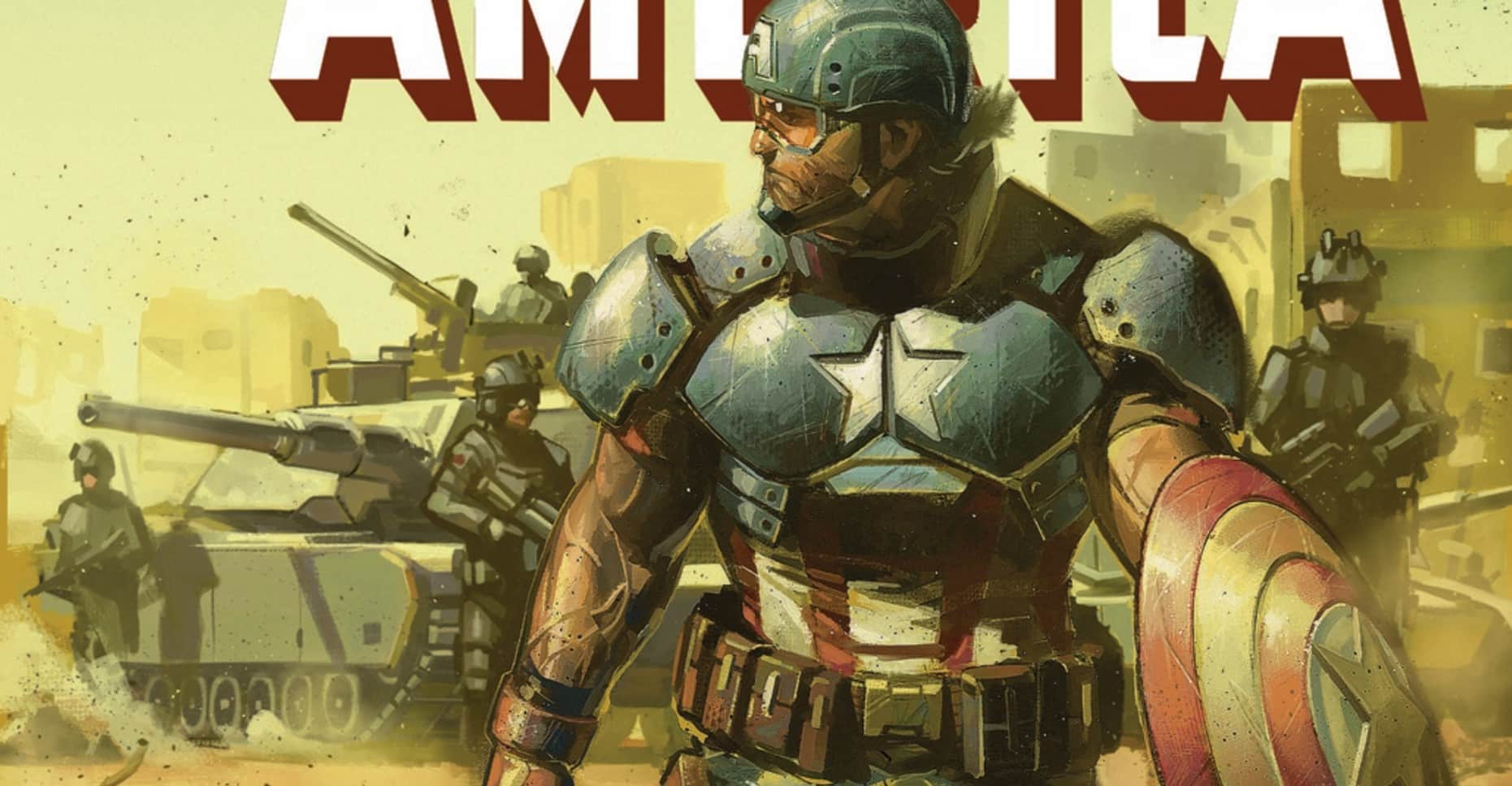The Runaways have received unexpected guests before, but they really weren’t expecting Wolverine and Pixie to show up on the doorstep of their Hostel home, looking for distress signals from a young mutant that seemed to be coming from inside the house – specifically from Molly, the youngest member of the found family. Who really sent the messages? What is Chase hiding from his friends? And is Nico falling into old self-destructive habits? Runaways #35 is an evolution of the series’ new normal – high school and jobs and unfixed identity. Written by Rainbow Rowell, art by Andres Genolet, Dee Cunniffe on colors, with letters courtesy of Joe Caramagna.
When Runaways is good – really, really good – it’s because it understands that the most interesting thing about this found family are the people within it, not the superpowers and abilities that they have picked up along the way. They may try on the superhero life (in fact, they just did – with disastrous results), and they may still bear the scars that come from fleeing their villainous parents, leaving their old lives behind, and losing a hell of a lot along the way – but rarely have they lost touch of the hunger of life. These kids (some of whom are really adults now) still have an enormous appetite for love and passion, curiosity and emotion; they still have so much life to live.
While it hasn’t always reached its peak, this Runaways run from 2017, now up to issue #35, the fourth part of the “Come Away With Me” arc, gets that what we’re feeling about each other and our place in the world is just as interesting as any looming mutant or mystical threat. The name of the arc is even sealed with a kiss, so expect racing hearts and the agonising, wonderful electricity that hangs in the air a moment before a kiss.
This issue picks up on the soap-opera cliffhanger where the previous issue left off, and is an ably-constructed check-in point for characters who are overdue on sharing their secrets – and helps to expand the ever-widening Marvel universe view on the new mutant nation on Krakoa.
Wolverine and Pixie are ideal conduits here. Their presence prompts ruffled feathers from Nico and Chase – for totally different reasons – but it also grounds their feelings and shows them to us through a different lens. Sometimes all we need is a different perspective to pull us out of habits and patterns that no longer serve us.
It’s unfortunate that the story relies on cheap dramatic shots to make its point (we’re still queerbaiting out here in 2021, apparently), but on a surface level there is plenty of welcome conflict that serves a bigger story. It could be better; it could be a lot worse. It’s largely a smart use of these X-Men favourites, and it lets us consider for a moment how the Runaways could view Krakoa, this new home for outcasts. The Runaways have always been Marvel’s young sceptics – they know better than most that if something looks too good to be true, it probably is – but if Krakoa’s promises are real, is it worth giving up beloved Molly to her people?
As we deal with matters of the heart (there’s another cliffhanger that’s somehow both entirely predictable and totally unexpected), and as we consider whether this makeshift family, forged through blood and grief and sheer grit can continue to hold itself together when the world comes calling, we can see a line – we can see growth. Chase has spent the run playing the father of the group and it’s starting to feel less like a chore, more like a capacity to serve his loved ones; Karolina is exploring traumas she’s getting closer to naming; Nico is battling her demons. How do you grow up into an adult when there’s no good role model – no ‘normal’ – for you to cling to? They’re finding their way as best they can. This is Rowell’s sweet spot, and the issue has a few satisfying moments that pay off slow-burning plot lines. It also opens up a few more.
One of the pleasures of reading Runaways is its look and feel, and this issue is no different – Genolet continues the fashion-forward evolution laid out by the run’s originating artist, Kris Anka (whose covers are a constant treat), and the characters have an effortless, highly personal style that still has a foot in the real world. Cunniffe’s cotton-candy pinks and blues deepen as the issue moves into more serious territory, guiding us into the story. There’s a sense of possibility to the art of Runaways; a hint of hope, a spark that keeps even the tougher topics drenched in a compassionate warmth.
This is an issue full of more questions than answers. But it has momentum; it makes the questions count.
Cassie is an arts and culture writer living on Gadigal land in Australia. For 10 years she’s been working as a professional theatre critic, and is delighted to finally be writing about her other love: comics, baby.






